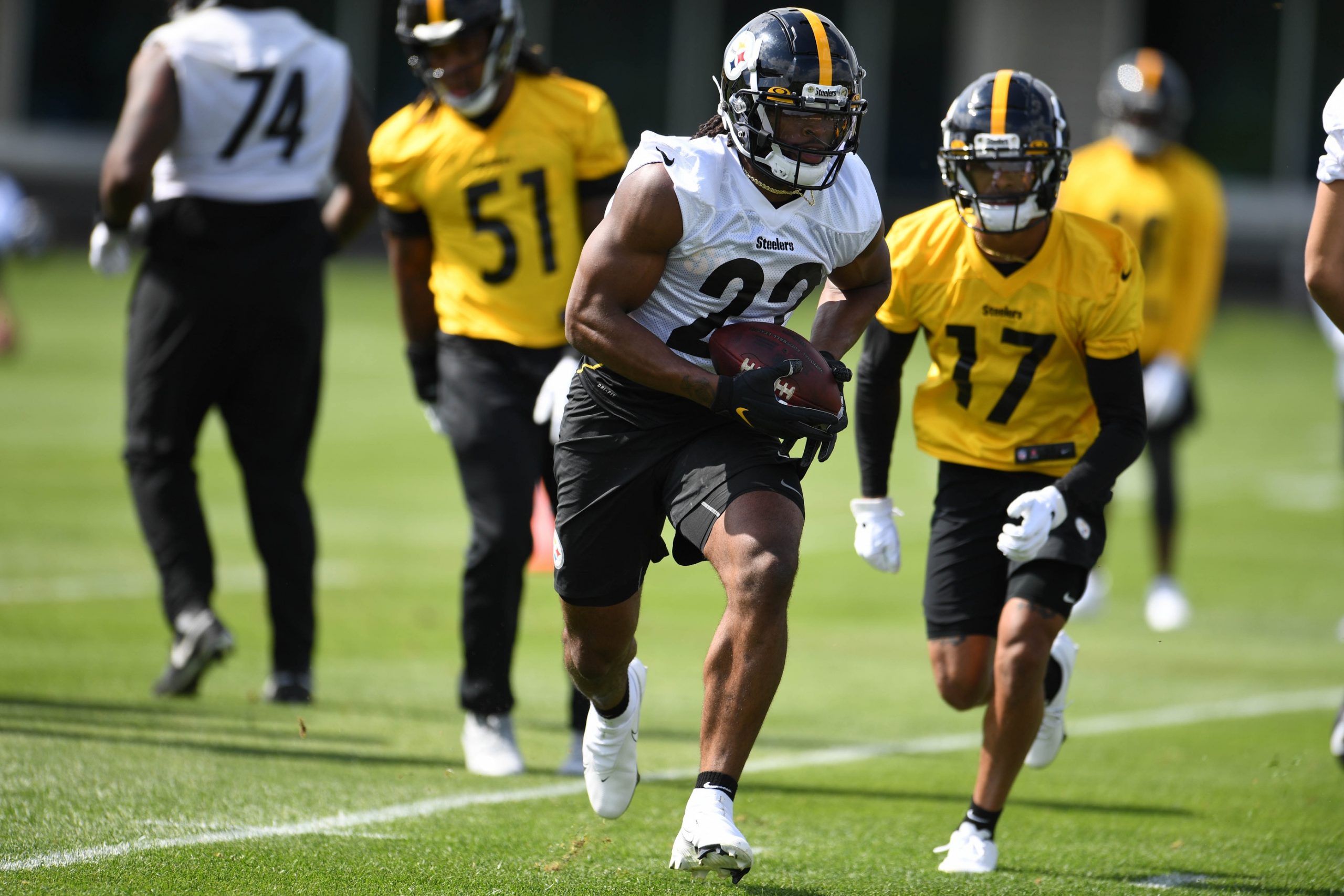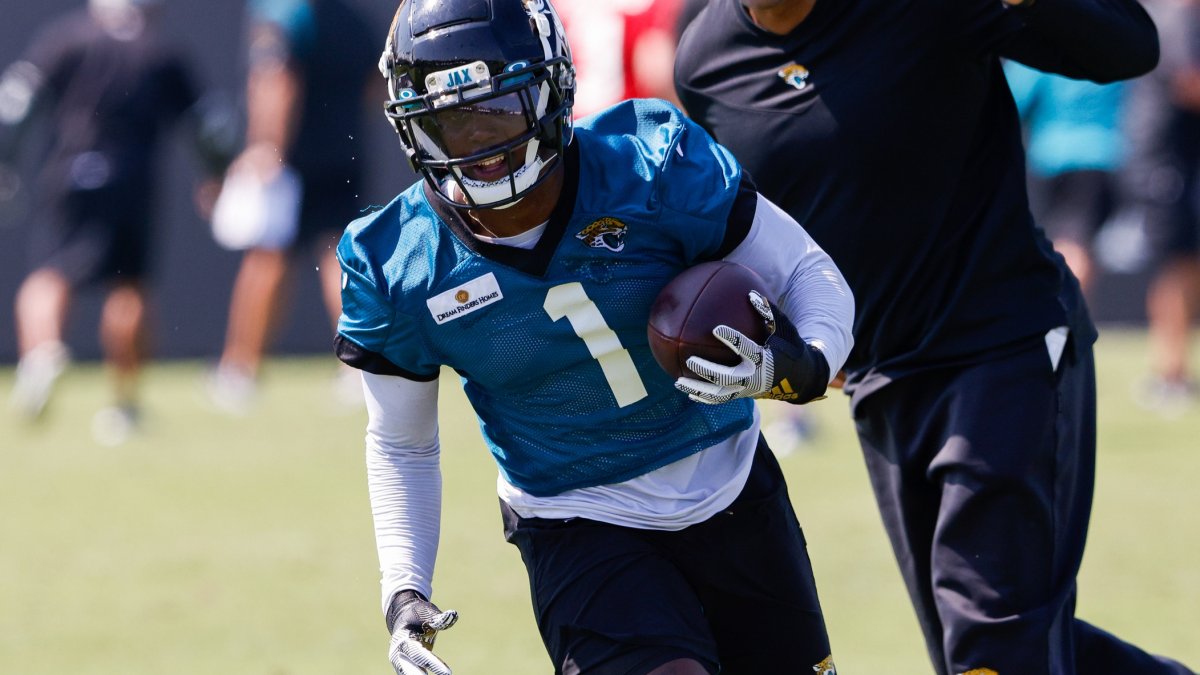We’re in the thick of the NFL offseason, and it’s officially time to start fantasy football prep. I’ll be answering the biggest questions heading into the 2021 season. Click here to read the series of questions answered so far.
There are all sorts of different fantasy football leagues. Scoring differences often simply revolve around how many points a reception should be worth, but roster and league settings can be just as crucial to stay on top of to bring home the title after any given year.
One of my favorite league types is a redraft format that allows the ability to keep a player or two for the following season. This “keeper” isn’t free — he’ll cost his manager a draft pick in the following year to maintain his services. Often the keeper can be kept for a pick in the same round as he went; sometimes the round drops a spot or two by year. Either way, this sort of league provides users with a solid mix of living in the moment while also positioning (just a little) for the future.
More of PFF's 2021 Fantasy Football tools here:
Fantasy Football Draft Kit | Rankings & Tiers | Draft Guide | Cheat Sheets
Projections | Strength of Schedule | Expected Points | Weekly Finishes
I looked at the change in draft position from rookie, second-year and third-year backs drafted in the first three rounds of the NFL draft since 2015. The reason for the threshold inside of the first three rounds is that 80% of top-performing rookies at every position have been drafted on Day 1 or 2 over the past decade; literally only Roy Helu, Zac Stacy, Jordan Howard, Alfred Morris, Phillip Lindsay and James Robinson have posted top-24 production as a rookie among running backs not drafted inside of the top-three rounds since 2010. Obviously there’s another batch of backs that performed well in Years 2 and 3 after not doing much as rookies; we’re trying to avoid these types and hopefully find the best-case scenario of getting value in *both* this season and the next.
Note that a handful of players weren’t thought of enough to have an ADP prior to their rookie season (T.J. Yeldon, Ronald Jones, etc.) while others didn’t have one ahead of their second season due to injury (Cam Akers, D’Onta Foreman, etc.).
| Round | Running Back | Rookie ADP | Year 2 ADP | Difference |
| 1 | Todd Gurley | 27 | 2 | 25 |
| 1 | Sony Michel | 35 | 20 | 15 |
| 1 | Josh Jacobs | 19 | 8 | 11 |
| 1 | Leonard Fournette | 13 | 8 | 5 |
| 1 | Saquon Barkley | 6 | 1 | 5 |
| 1 | Melvin Gordon | 23 | 21 | 2 |
| 1 | Christian McCaffrey | 12 | 10 | 2 |
| 1 | Ezekiel Elliott | 3 | 3 | 0 |
| 1 | Rashaad Penny | 37 | 41 | -4 |
| 1 | Clyde Edwards-Helaire | 5 | 13 | -8 |
| 2 | Nick Chubb | 49 | 8 | 41 |
| 2 | Miles Sanders | 29 | 10 | 19 |
| 2 | J.K. Dobbins | 31 | 15 | 16 |
| 2 | Kerryon Johnson | 28 | 15 | 13 |
| 2 | D'Andre Swift | 30 | 18 | 12 |
| 2 | A.J. Dillon | 47 | 37 | 10 |
| 2 | Jonathan Taylor | 19 | 11 | 8 |
| 2 | Joe Mixon | 20 | 14 | 6 |
| 2 | Dalvin Cook | 14 | 11 | 3 |
| 2 | Derrick Henry | 32 | 32 | 0 |
| 2 | Ameer Abdullah | 18 | 33 | -15 |
| 3 | Alvin Kamara | 52 | 5 | 47 |
| 3 | David Johnson | 46 | 1 | 45 |
| 3 | Antonio Gibson | 34 | 12 | 22 |
| 3 | Matt Jones | 48 | 31 | 17 |
| 3 | Duke Johnson | 42 | 27 | 15 |
| 3 | Devin Singletary | 36 | 24 | 12 |
| 3 | Damien Harris | 53 | 45 | 8 |
| 3 | Alexander Mattison | 49 | 42 | 7 |
| 3 | Kareem Hunt | 10 | 9 | 1 |
| 3 | Zack Moss | 36 | 36 | 0 |
| 3 | Tevin Coleman | 38 | 46 | -8 |
| 3 | Darrell Henderson | 40 | 48 | -8 |
| 3 | David Montgomery | 18 | 29 | -11 |
| 3 | Royce Freeman | 15 | 44 | -29 |
Overall, these running backs increased their average positional rank by a whopping 8.1 spots from Year 1 to Year 2. First-round backs only saw a +5.3 difference, as the second- and third-round qualifiers accounted for a combined +9.2 average.
What follows is a quick breakdown on 2021’s four running backs drafted inside of the top three rounds to determine whether or not they should be prioritized in keeper formats based on their potential to really dominate in 2022.
Pittsburgh Steelers RB Najee Harris
- Current position ADP rank: RB10
- Projected 2021 position ADP rank: RB5

Harris is already being thought of quite highly considering only Saquon Barkley (RB6), Ezekiel Elliott (RB3) and Clyde Edwards-Helaire (RB5) have been drafted higher among all first-round running backs since 2015. Still, his expected gargantuan workload makes Harris’ steep price worthwhile in the second round. This won’t necessarily result in a mega advantage in 2022 for keepers, but simply having tabs on one of the league’s last remaining workhorses isn’t too shabby. Consider: 19 running backs had at least 300 touches in 2000, but only four hit that mark in 2020. It wouldn’t be surprising to see Harris eclipse that mark during each of his first two professional seasons.
Jacksonville Jaguars RB Travis Etienne
Exclusive content for premium subscribers

WANT TO KEEP READING?
Dominate Fantasy Football & Betting with AI-Powered Data & Tools Trusted By All 32 Teams
Already have a subscription? Log in



 © 2025 PFF - all rights reserved.
© 2025 PFF - all rights reserved.